Last updated: August 14, 2025
Article
Monitoring Shows Wonderfully Normal Start to Pinnacles’ 2025 Falcon Nesting Season
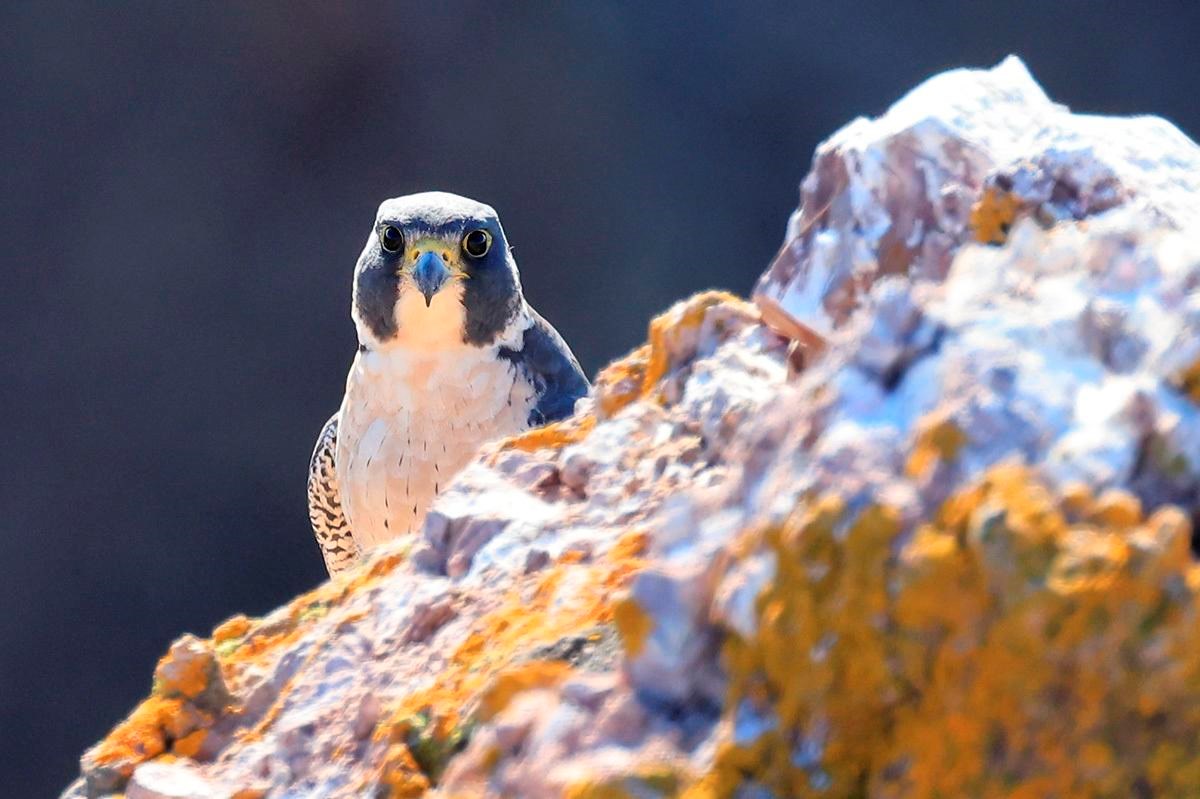
NPS / Gavin Emmons
May 2025 - Since their remarkable recovery from the effects of DDT, peregrine falcons have delighted Bay Area residents and visitors with their aerial acrobatics. But many of these top avian predators have been vanishing nationwide, especially from more coastal areas. So the San Francisco Bay Area Network falcon monitoring team was relieved to see the usual number of pairs nesting this season at Pinnacles National Park. Prairie falcons and other raptors at the park are also nesting as usual and appear to be doing well. Raptor advisories are in effect to help visitors avoid disturbing these magnificent raptors.
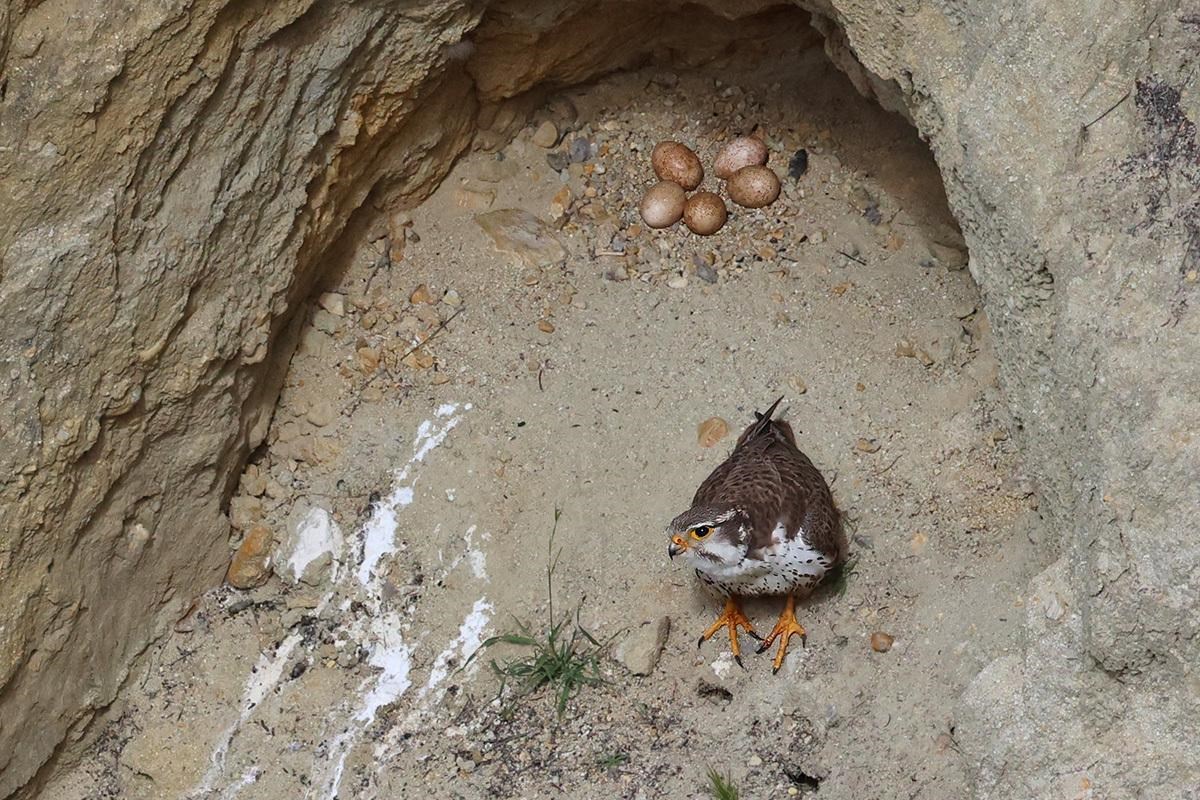
NPS / Gavin Emmons
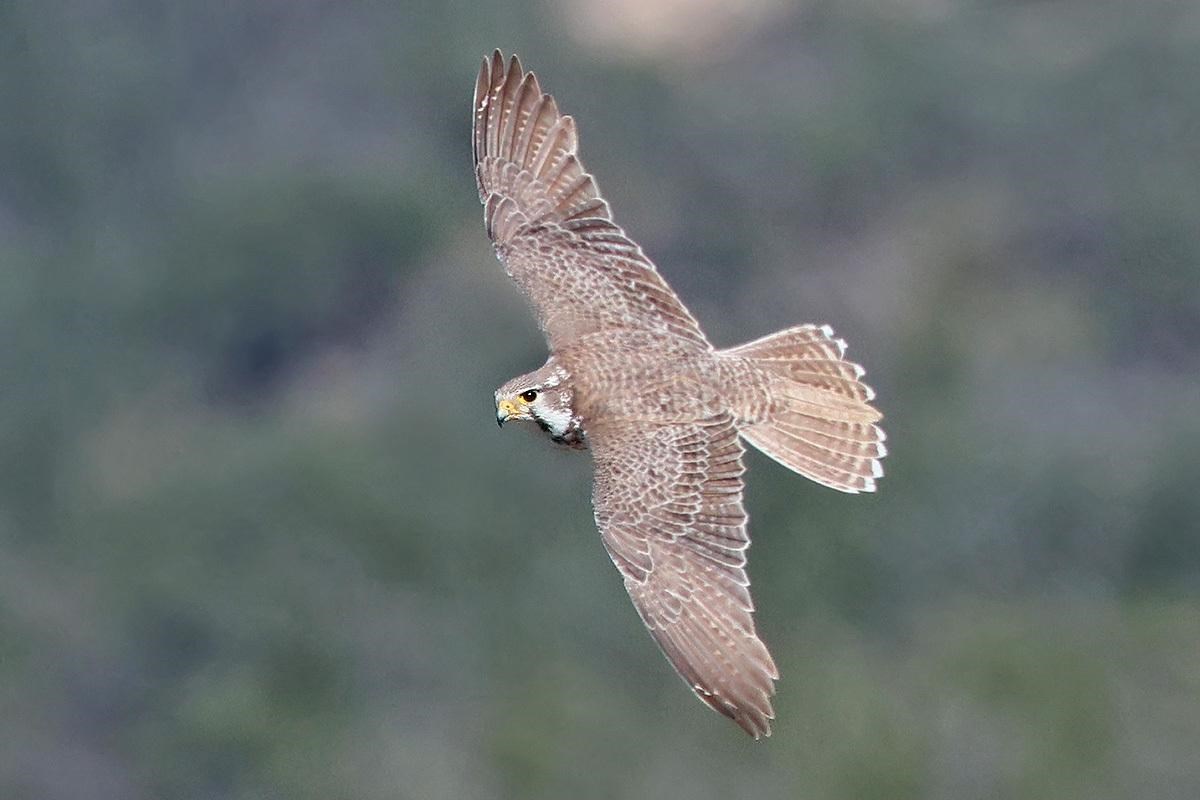
NPS / Gavin Emmons
Biologists suspect highly pathogenic avian influenza (HPAI, or H5 bird flu) has been killing peregrine falcons. The pair that nested for years on Alcatraz Island, for example, is nowhere to be found. Their nest camera now offers a rare, up-close view of nesting Brandt’s cormorants. The long-time residents of the Berkeley Campanile are also missing and presumed dead.
Coastal peregrines may be most affected by bird flu because their prey includes waterfowl, shorebirds, and seabirds. These shorebirds are common carriers of the virus—they can have it without getting sick. Meanwhile, this bird flu strain can kill up to 90 percent of more susceptible species that get infected—like peregrines.
Yet the falcons at Pinnacles are still there, at least for now. Four pairs of peregrines claimed territories and attempted nesting, and three of those pairs are still actively nesting. That total nesting pair count has been the same since 2020. Prairie falcon pair counts are also similar to recent years. Nine pairs staked out territories and eight pairs attempted to nest. Six pairs are still actively nesting.
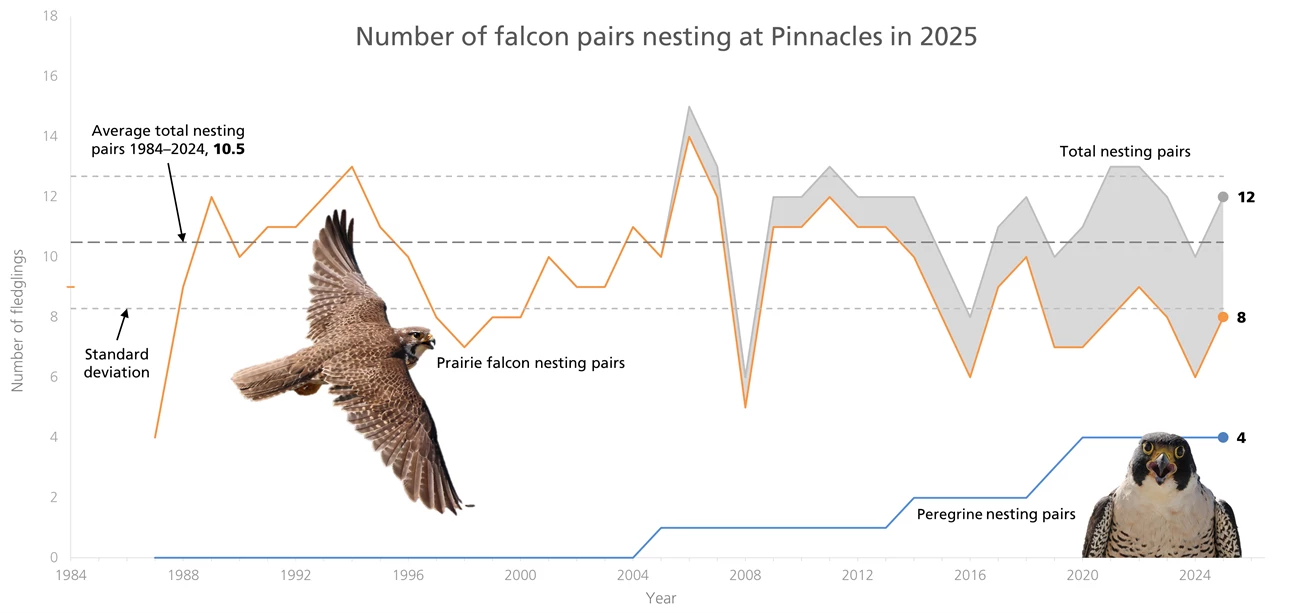
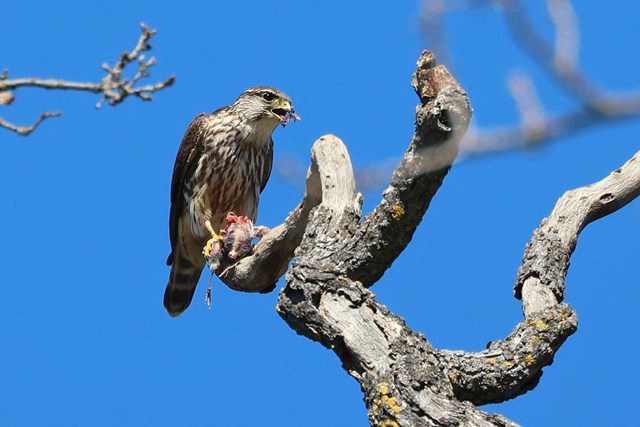
NPS / Gavin Emmons
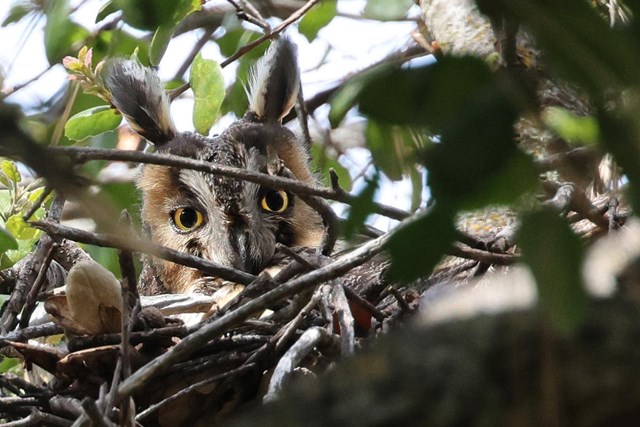
NPS / Gavin Emmons
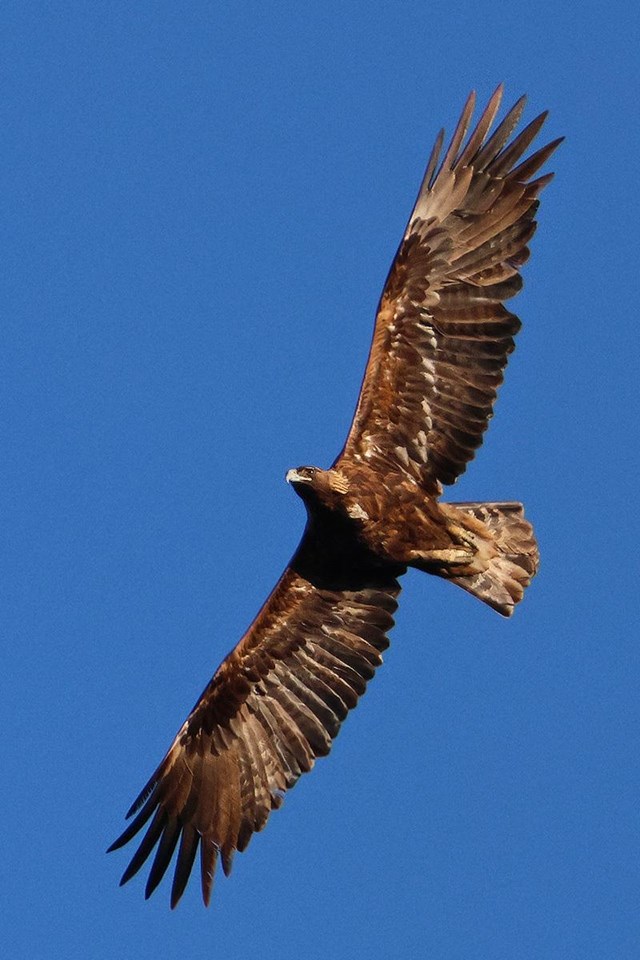
NPS / Gavin Emmons

NPS / Gavin Emmons
White-tailed kites are very elegant-looking—and very specialized—predators. They mainly eat California voles in our region, and in recent years they haven’t been active at Pinnacles. However, California vole numbers have surged in the park this year and a pair of kites appears to be taking advantage. They are occupying an oak / willow grove in the bottomlands, seemingly preparing to nest.
Stay tuned for further updates once the 2025 breeding season is further along!
For more information
- Pinnacles Raptor Advisories and Raptors webpages
- San Francisco Bay Area Network Falcon Monitoring webpage
- Pacific Coast Science & Learning Center Prairie & Peregrine Falcons webpage
- Contact Wildlife Biologist Gavin Emmons

See more from the Bay Area Nature & Science Blog
